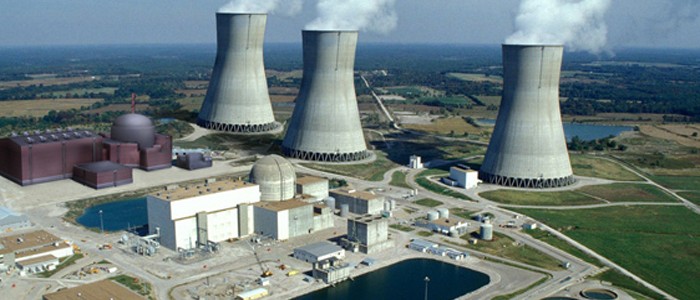In 2013, the International Atomic Energy Agency continued its wide range of technical and scientific activities, with the goal of making a sustained contribution to the needs of Member States. This report provides a review of developments in 2013 related to nuclear issues as seen from the perspective of the Agency and in the light of the Agency’s own programme. The Agency’s diverse programmatic work focused, in a balanced manner, on nuclear technology and its applications, nuclear safety and security, nuclear verification, and technical cooperation.
The Agency continued its efforts to increase the synergy between the scientific and technical parts of its program and its technical cooperation activities.
This review is not intended to be comprehensive, but instead follows a number of selected themes: the current situation regarding nuclear power; the application of nuclear related techniques in food and agriculture, human health, water resources management and environmental monitoring; the Agency’s efforts to strengthen global nuclear safety culture and enhance nuclear security; the implementation of Agency safeguards; and outreach to stakeholders and partners in Member States to gain a better understanding of the needs of Member States and to ensure a more efficient and effective response to these needs.
Nuclear Power Status and trends
With 434 nuclear power reactors in operation worldwide, the total generating capacity of nuclear energy was 371.7 gigawatts‑electric (GW(e)) at the end of 2013. During the year, four nuclear power reactors were connected to the grid, construction started on ten new reactors and Belarus became the second country in the past three decades to start building its fi rst nuclear power plant.
In total, 72 reactors were under construction at the end of 2013, the highest number since 1989. Of these, 48 were in Asia, which remains the centre of near and long term growth prospects. Of the 30 countries currently using nuclear power, 25 are either expanding or planning to expand their fleet.
According to the 2013 Agency projections for 2030, the world’s nuclear power generation capacity is expected to grow by 17% in the low case and by 94% in the high case. These figures are slightly lower than the projections made in 2012, reflecting the continuing impact of the accident at the Fukushima Daiichi nuclear power plant (the Fukushima Daiichi accident), the low price of natural gas and the increasing use of renewable energy.
Source: International Atomic Energy Agency review 2014
Further information: http://www.iaea.org/Publications/Reports/Anrep2013/yearinreview.pdf



